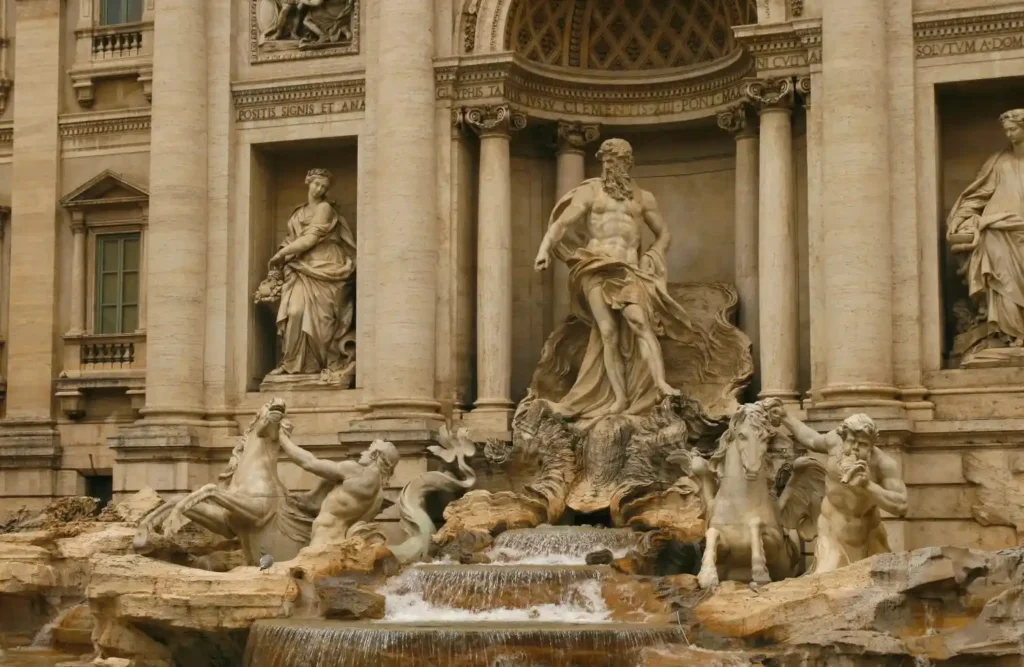Art has been an important part of human expression for lots of years. From cave art work to complicated sculptures, historic art offers a window into the cultures, beliefs, and lives of our ancestors. In this article, we will explore the concept of Ancient Artz, uncovering its importance, evolution, and impact on current artwork.
What is Ancient Artz?
Ancient Artz refers back to the creative practices of early civilizations, spanning from prehistoric times to the autumn of historical empires. These works of art have been create using natural substances such as stone, clay, and bone. The artwork becomes frequently symbolic, representing non secular ideals, every day existence, and the human connection to nature. Unlike present day art, ancient art centered closely on capability and formality, serving both inventive and utilitarian functions.
The Significance of Ancient Artz
Ancient Artz serves as an ancient record, presenting perception into the lives of historical peoples. These portions had been not simply ornamental; they had been deeply tied to social, political, and non secular contexts. For instance, many historic Egyptian artistic endeavors depicted gods and pharaohs, underscoring their notion in the afterlife and divine rule. Similarly, Greek and Roman art celebrated human achievements and ideals, reflecting their focus on rationality, beauty, and the human form.

The importance of Ancient Artz extends beyond ancient facts. It suggests to us how historical humans understood their international, their values, and their connection to the divine. The motifs and strategies utilized in historic art have influenced contemporary inventive movements, along with Renaissance, neoclassicism, and even modern-day works.
The Evolution of Ancient Artz
Ancient Artz developed extensively over hundreds of years, reflecting modifications in society, generation, and tradition. Early prehistoric artwork, inclusive of the artwork found in caves like Lascaux, France, became simple and symbolic. These early works of art often depicted animals, believed to have spiritual or searching-associated importance. The use of ochre and charcoal as pigments indicates the beginning of human beings’ capability to govern herbal resources for creative expression.
As civilizations grew, so did their art. Ancient Mesopotamians created problematic carvings on stone drugs, even as the Egyptians developed huge statues and pyramids. These works of artwork were often tied to their beliefs in gods and the afterlife, and their complex symbolism reflected their expertise of the arena.
Greek and Roman artwork marked the subsequent foremost evolution in Ancient Artz. With their emphasis on realism, proportions, and the human shape, those civilizations delivered new strategies that influenced Western artwork for centuries. The Romans also evolved new materials, inclusive of concrete, which allowed for the construction of grand architectural systems just like the Colosseum.
Key Styles and Techniques in Ancient Artz
Throughout history, diverse areas developed their very own precise creative styles and strategies. Ancient Egyptian artwork is thought for its strict conventions, in which figures have been often depicted in profile to show the most recognizable features. The use of hieroglyphs on walls and tombs also served to convey visible and written statistics.
Greek artwork, then again, is thought for its naturalism and idealized paperwork. The Greeks brought the concept of contrapposto in sculpture, in which a parent is proven status with maximum of its weight on one leg, creating a sense of stability and motion.

Roman art borrowed closely from Greek traditions however added new dimensions, mainly in portraiture and the usage of architecture. Roman mosaics, as an example, used small portions of colored glass or stone to create distinct images on floors and walls.
In ancient China, art targeted nature and the natural global, with designated landscapes, pottery, and bronze work that frequently depicted animals and flora. Similarly, historic Indian art changed into regularly religious, with tricky carvings on temples and sculptures of deities.
The Legacy of Ancient Art z
The legacy of Ancient Artz continues to influence contemporary artwork these days. The strategies and styles evolved in historical instances had been handed down through generations of artists. Classical sculptures and artwork continue to encourage artists around the arena, even as the symbolism determined in historic art remains studied by archaeologists, historians, and art lovers.
Many famous museums, together with the Louvre, the British Museum, and the Smithsonian, house collections of historical works of art that maintain to captivate site visitors. These collections help preserve the rich records of our ancestors and offer insights into their cultures and values.
FAQ on Ancient Artz
1. What are the most famous examples of Ancient Artz?
Some of the most famous examples encompass the Egyptian pyramids and tomb artwork, the Parthenon in Greece, the Roman Colosseum, and the cave art work of Lascaux.
2. How did historic human beings create art?
Ancient humans used natural substances including stone, bone, clay, and pigments derived from flowers and minerals. They additionally evolved early gear and strategies to shape and carve those materials.
3. What position did religion play in Ancient Art z?
Religion performed an extensive position in historical art. Many artistic endeavors have been create to honor gods, commemorate rulers, or reflect spiritual beliefs about existence and the afterlife.
4. How has ancient art influenced current art?
Ancient artwork encouraged cutting-edge artwork in numerous ways, from strategies in sculpture and portraiture to the topics of idealized human shape and realism. Renaissance artists, for instance, drew thought from ancient Greek and Roman artwork.
Conclusion
Ancient Artz presents a wealthy and fascinating glimpse into the cultures of the beyond. Whether via cave artwork, sculptures, or huge structures, these works of art tell the testimonies of our ancestors, revealing their beliefs, values, and creativity. As we hold to look at and admire those portions, we not only hold the legacy of historical civilizations but also benefit from a deeper knowledge of the human revel in throughout time. Ancient Artz remains a undying bridge among the beyond and the existing, persevering with to inspire and inform artists and artwork enthusiasts alike.



